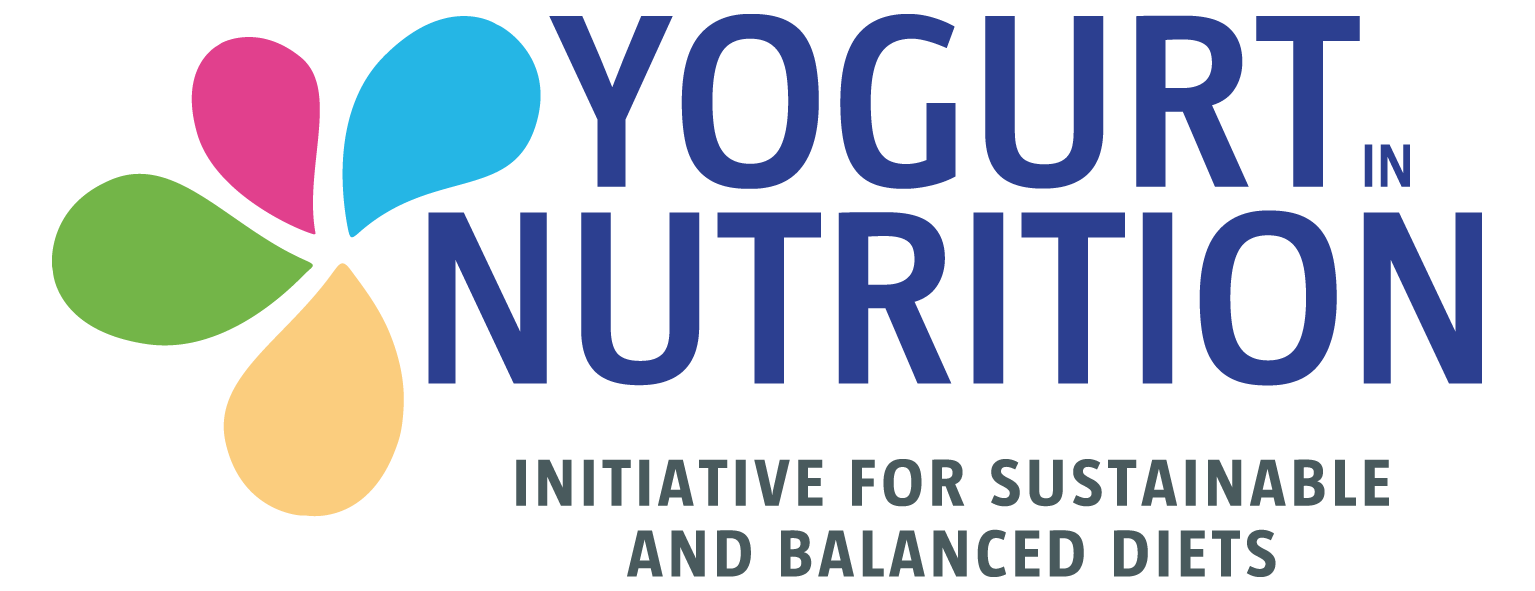Most countries recommend the consumption of dairy products. When amounts are specified, recommendations are typically for 2 or 3 servings per day. Specific recommendations for dairy products are based partly on culture and availability but primarily on meeting nutrient requirements.
Dairy products are a rich source of many minerals and vitamins as well as high-quality protein. Thus, dairy consumption is a marker for diet quality. The recommendation for low-fat dairy is more an argument to reduce energy intake from fat and added sugar than from evidence of health concerns.
Milk and cheese represent 9.2% of the intake of energy, 10.9% of fat, and 8.3% of carbohydrates in the diet of Americans, but these products also contribute 46.3% of calcium, 11.6% of potassium, and 7.9% of magnesium to the American diet, which may provide overriding benefits to health.
A recent report found that yogurt specifically is a good marker of diet quality. The food patterns recommended by the 2010 Dietary Guidelines for Americans Advisory Committee (DGAC) include 3 cups of low-fat milk and milk products. Few people achieve their recommended intakes of several shortfall nutrients without meeting their recommendations for dairy.
Newer data since the recommendations of the 2010 DGAC are presented. However, the strength of the evidence for links between dairy consumption and health is limited by the lack of appropriately powered randomized controlled trials.





